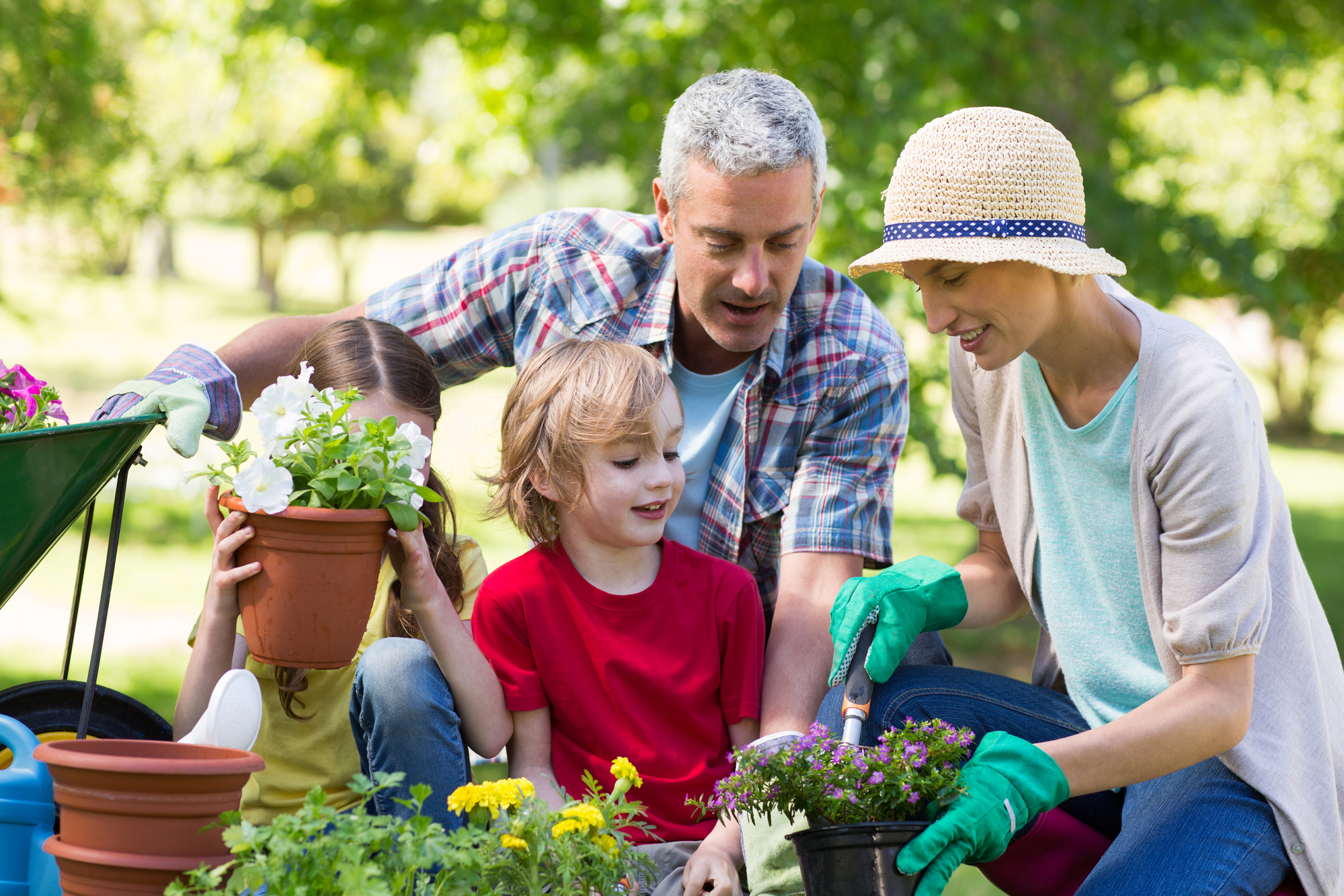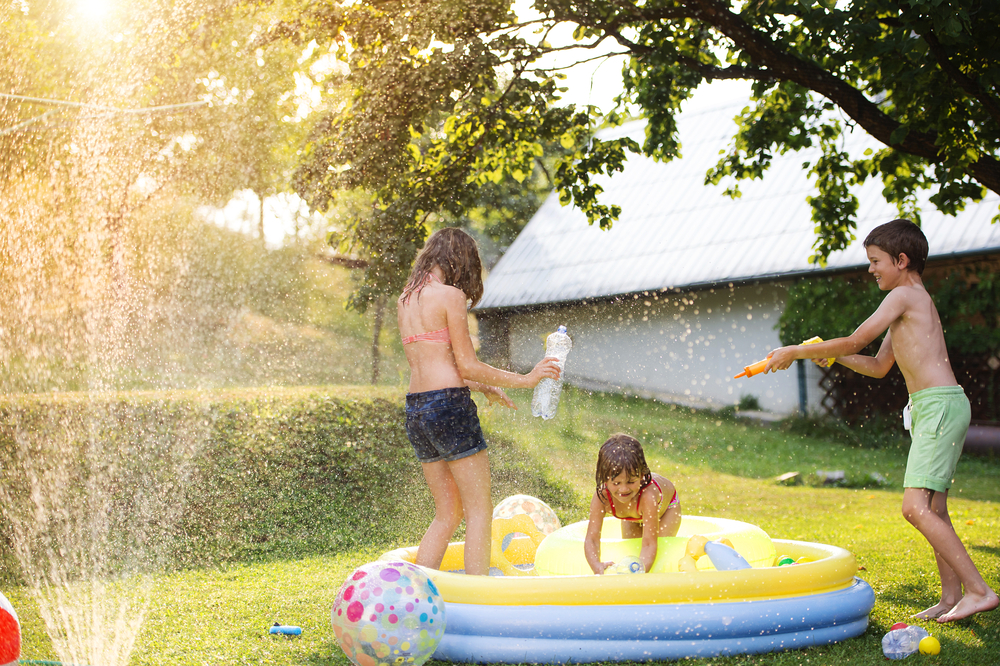One sunny morning in my community garden a few weeks back, I looked up from my weeding to the delightful sight of a gaggle of preschool kids with parents and teachers flocking in through the gates. Each child was carrying a small tub of food scraps. They patiently lined up in front of our compost bins waiting to be lifted up by an adult so that they could tip their bucket into the bin. There was much excitement and chatter. Thanking them for their contributions, I showed the children a bucket of finished compost so that they could see what their food scarps would like in another 8 weeks. They gathered around enthralled, as I explained how the worms and beetles helped breakdown their food scraps to make soil in which we could grow healthy vegetables. The kids clearly wanted to know more about this exciting transformative activity, so a few weeks later I took some seedlings, seeds and compost juice up to the preschool for a gardening session. The children asked nonstop questions as they enthusiastically fertilised, planted and watered in our newly made veggie patch.
Some children had already been introduced to gardening at home, but for many this was new and very thrilling. This early age, I realised, was the ideal time to involve children in the life of growing plants and food. There is something magical about a seed turning into a plant, and food scraps turning into soil. And there is also a lot of grounding and life knowledge in learning where food comes from and the processes that go into the production of a carrot, tomato or strawberry. So if you want to get your child away from screens into the outdoors regularly this is a fun and educational way to do it.
Tips for gardening with kids
- Plant seeds and seedlings that are fast growing so children can easily follow the different stages of the plant cycle. Good fast growing seeds to try are radishes, snow peas or rocket. Strawberry and tomato seedlings produce abundant sweet morsels of delight.
- If you don’t have a patch of earth grow seeds or seedlings in pots or raised garden beds, on the window sills or balconies. Herbs such as mint, chives, basil and parsley all go well in pots. Teach children to pick, wash and sprinkle leafy greens they grow on to their food for some green zing
- Don’t forget the edible flowers – not only do they bring colour and delight to garden and plate, they also attract insect pollinators which are fun to study. Edible flowers which are easy to grow include borage, marigold, nasturtiums and pineapple sage.
- Give your child the responsibility for checking the soil for dryness and watering the garden when needed. This will increase their sense of satisfaction as plants grow and produce.
- Check out your local community garden for inspiration – your kids will love the abundance of food and flowers they will find growing there and you will find plenty of people willing to give you gardening tips.






